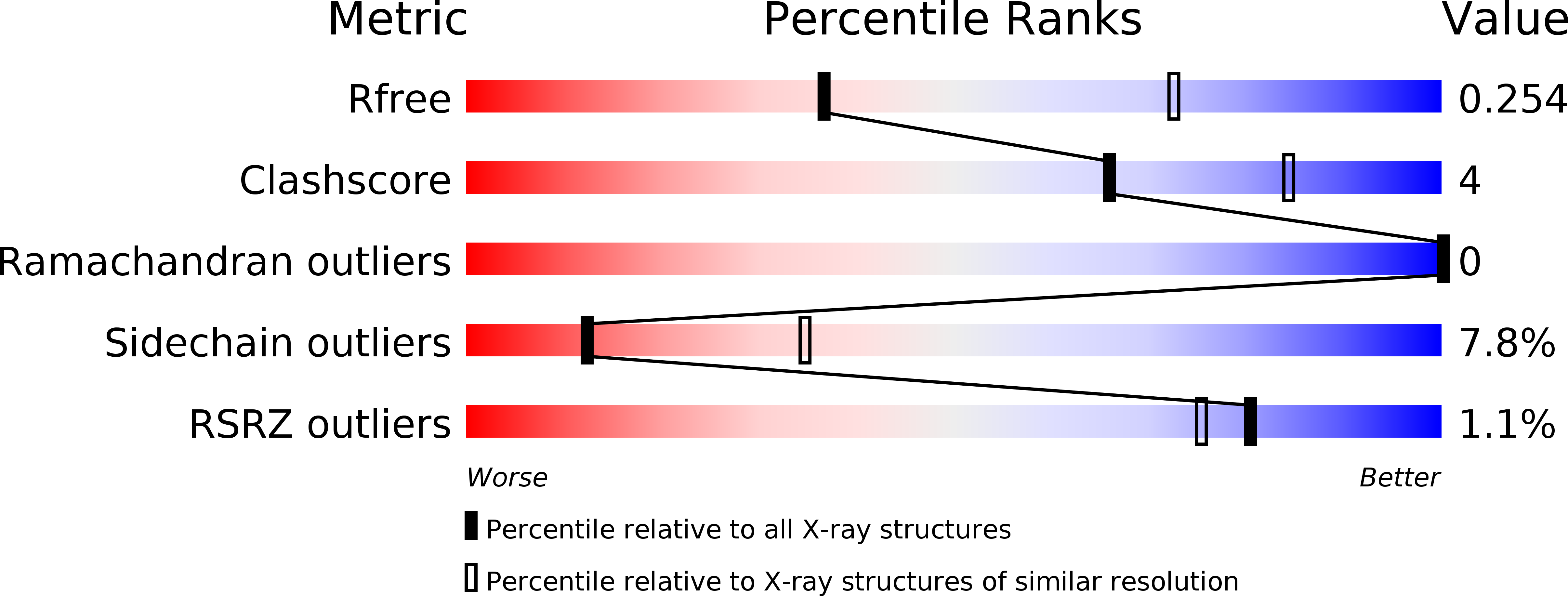
Deposition Date
2016-02-25
Release Date
2016-03-30
Last Version Date
2023-11-08
Entry Detail
PDB ID:
5IE9
Keywords:
Title:
Crystal structure of the Bacillus-conserved MazG protein, a nucleotide pyrophosphohydrolase
Biological Source:
Source Organism:
Bacillus cereus (Taxon ID: 1396)
Host Organism:
Method Details:
Experimental Method:
Resolution:
2.80 Å
R-Value Free:
0.25
R-Value Work:
0.22
R-Value Observed:
0.22
Space Group:
P 32


